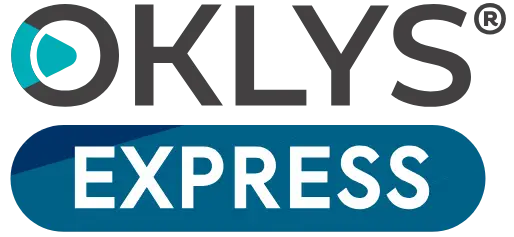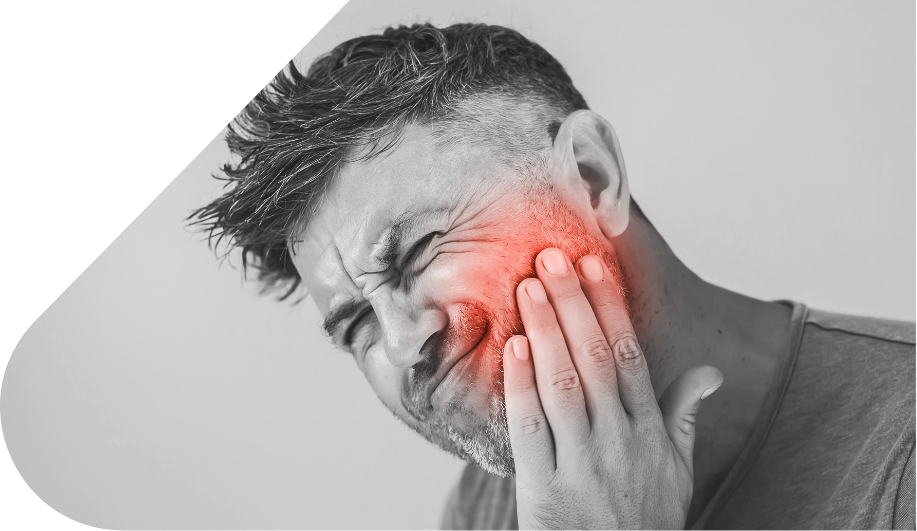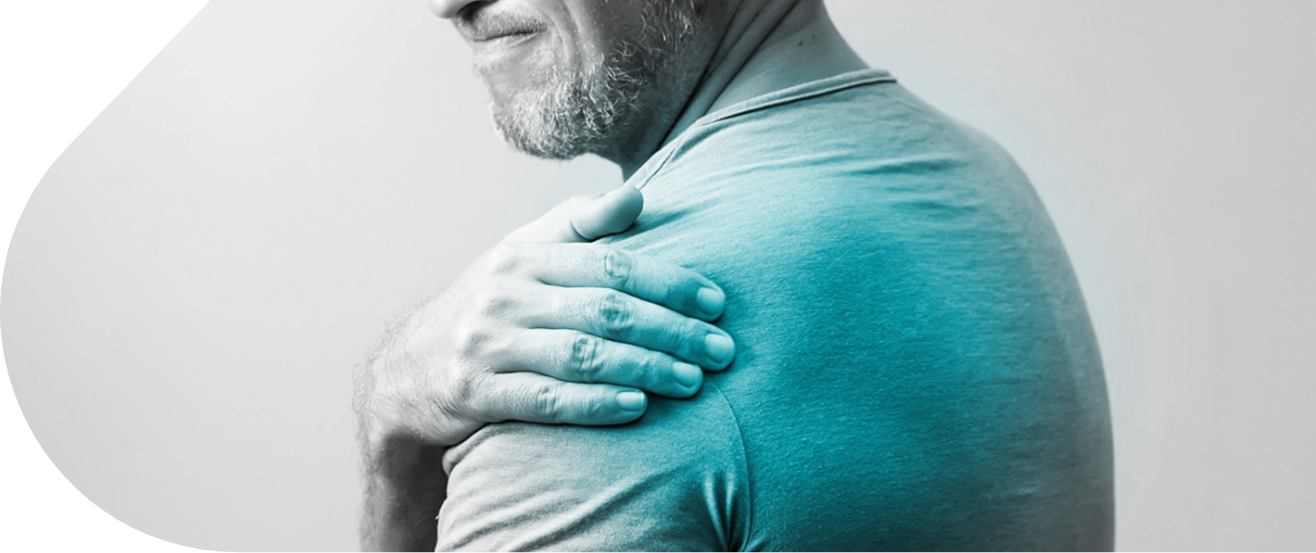Back pain is one of the most common complaints people face in their daily lives. It can affect any part of the spine—neck, thoracic, or lumbar regions—but most often occurs in the lower back (lumbar area), also known as lumbago.
Causes of back pain are varied — from muscle tension, poor posture, physical overexertion, and injuries to degenerative changes in intervertebral discs or nerve inflammation. The pain can be sharp or persistent, appear suddenly, or develop gradually. In some people, pain may radiate to the limbs, accompanied by stiffness or numbness, especially when nerve structures are affected.
Back pain is usually somatic, nociceptive pain, but when nerves are compressed or inflamed, it can also become neuropathic. Treatment focuses on identifying and removing the cause of the pain, as well as alleviating the pain symptoms.
Common causes of back pain:
- Muscle Strain or Spasm
It occurs due to sudden or excessive strain on the muscles in the back area. Causes can include lifting heavy objects, sudden twisting of the body, or prolonged staying in an uncomfortable position. The pain is often localized, sharp or constant, and may be accompanied by tenderness to touch. In most cases, it subsides within a few days to a few weeks with rest, application of cold compresses, and, if needed, pain relief medication. - Degenerative diseases of the intervertebral discs – discopathy, herniated disc
The natural aging process, injuries, or degenerative conditions such as osteochondrosis can cause damage to the intervertebral discs, which act as shock absorbers between the vertebrae. In discopathy, the pain is often mild, constant, and worsens with prolonged standing, bending, or twisting. Resting in a lying position alleviates the symptoms. Early diagnosis and intervention are important to slow progression and avoid complications.
Herniated Disc It occurs in a more advanced stage of degeneration (wear), when the nucleus pulposus of the intervertebral disc protrudes through the fibrous ring and compresses adjacent nerve roots. This leads to severe, piercing pain that often radiates along the sciatic nerve (sciatica) to the thigh, calf, and foot. The pain worsens with coughing, sneezing, or prolonged sitting. In addition to pain, numbness, tingling, or muscle weakness may occur.
- Sciatica (inflammation or compression of the sciatic nerve)
The sciatic nerve starts from the lower part of the spine and runs down the leg. Inflammation or compression of this nerve causes pain that begins in the lower back and radiates along the nerve’s path downward. The pain is often sharp and shooting, and may be accompanied by numbness, burning, or tingling sensations in the leg or foot.
It is important not to underestimate back pain, especially if it is intense, lasts for a long time, or is accompanied by neurological symptoms such as numbness, weakness in the limbs, or problems controlling urination and defecation. In such cases, consulting a specialist is necessary.

Treatment of back pain includes limiting physical strain, correcting posture, physiotherapy, appropriate exercises, as well as medication therapy to control pain and inflammation. Nonsteroidal anti-inflammatory drugs (NSAIDs) play a key role by reducing inflammation and relieving pain, thereby improving quality of life.
One of the most widely used and well-studied NSAIDs is ibuprofen. The innovative formula of Oklys Express and Oklys Forte — ibuprofen L-arginine — allows for fast and long-lasting pain relief.













